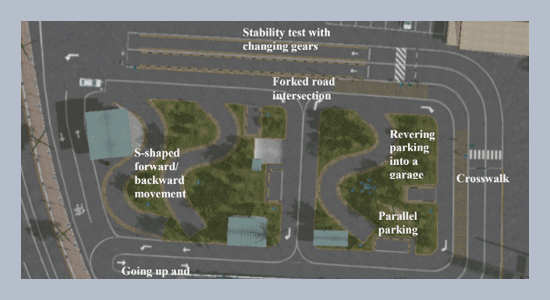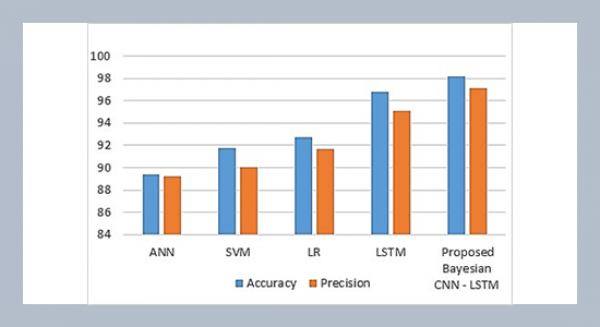Min-Chi Chiu1, Hsin-Chieh Wu2, Yung-Ping Liu2*, Wei-Hsien Hong3 1 Department of Industrial Engineering and Management, National Chin-Yi University of Technology, Taichung, Taiwan, R.O.C.
2 Department of Industrial Engineering and Management, Chaoyang University of Technology, Taichung, Taiwan, R.O.C.
3 Department of Sports Medicine, China Medical University, Taichung, Taiwan, R.O.C.
Download Citation:
|
Download PDF
In this study, a virtual driving training system was developed; it allowed people with lower limb disabilities to practice driving. The effectiveness of the virtual driving training system in people with lower limb disabilities and adults without disability was evaluated. Nine people with lower limb disabilities (group A) and 10 adults without disability (group B) were invited to participate in a 10-h virtual driving training program. A virtual driving license examination was conducted before and after the training program to evaluate whether the system was effective. The results indicated that the driving performance of the two groups improved after the training program. Both groups opined that driving had become easy after using the system. However, group A performed better after training than group B. Thus, people with disability require more driving practice than people without disability.ABSTRACT
Keywords:
Driving simulation; Virtual reality; Human factor evaluation.
Share this article with your colleagues
REFERENCES
ARTICLE INFORMATION
Received:
2020-02-12
Revised:
2020-07-14
Accepted:
2020-08-11
Available Online:
2020-12-01
Chiu, M.-C., Wu, H.-C., Liu, Y.-P., Hong, W.-H. 2020. Evaluating the effectiveness of a novel virtual driving training system for people with lower limb disabilities. International Journal of Applied Science and Engineering, 17, 345–351. https://doi.org/10.6703/IJASE.202012_17(4).345
Cite this article:
Copyright The Author(s). This is an open access article distributed under the terms of the Creative Commons Attribution License (CC BY 4.0), which permits unrestricted use, distribution, and reproduction in any medium, provided the original author and source are cited.















